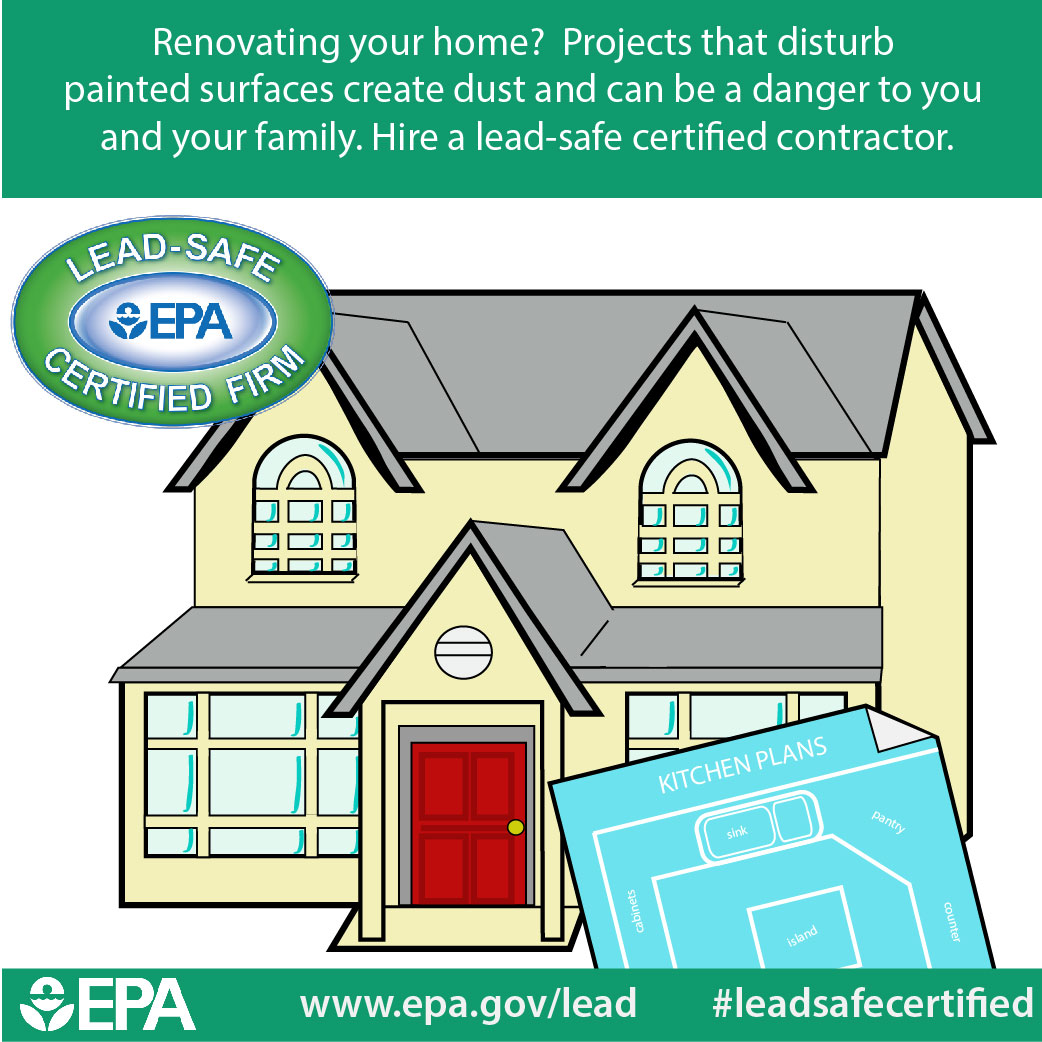Discover How Seasonal Influences Can Impact The Efficiency Of Industrial Exterior Painting And Figure Out One Of The Most Beneficial Times To Guarantee Long Lasting Results For Your Job
Discover How Seasonal Influences Can Impact The Efficiency Of Industrial Exterior Painting And Figure Out One Of The Most Beneficial Times To Guarantee Long Lasting Results For Your Job
Blog Article
Writer-Aguilar Decker
When you're intending an industrial outside painting project, seasonal aspects can make or break your results. You'll intend to consider exactly how temperature and humidity effect paint application and drying times. Selecting the ideal season can guarantee your paint sticks properly and lasts longer. But which seasons are genuinely the most effective for this kind of job? Allow's discover the key elements that can impact your project's success.
The Influence of Temperature Level on Paint Application
When you're planning a business external painting project, the temperature level can considerably impact just how well the paint sticks and dries out.
Ideally, you want to paint when temperature levels vary between 50 ° F and 85 ° F. If it's too cool, the paint may not cure effectively, bring about problems like peeling or fracturing.
On the flip side, if it's also hot, the paint can dry also quickly, preventing appropriate adhesion and leading to an unequal surface.
You must also take into consideration the time of day; morning or late afternoon supplies cooler temperatures, which can be more beneficial.
Constantly inspect the manufacturer's recommendations for the certain paint you're using, as they frequently give guidance on the ideal temperature range for ideal results.
Moisture and Its Result on Drying Times
Temperature isn't the only environmental aspect that influences your industrial exterior painting job; humidity plays a considerable role too. High moisture degrees can decrease drying times substantially, influencing the total top quality of your paint task.
When the air is filled with moisture, the paint takes longer to treat, which can bring about concerns like inadequate adhesion and a greater risk of mold growth. If you're painting on a specifically damp day, be gotten ready for extended wait times between coats.
It's essential to monitor regional weather conditions and plan as necessary. Ideally, go for humidity levels in between 40% and 70% for optimal drying out.
Keeping these consider mind guarantees your job stays on track and supplies an enduring coating.
Best Seasons for Commercial Outside Paint Projects
What's the best season for your industrial outside paint projects?
Springtime and early loss are generally your best bets. Throughout these seasons, temperature levels are moderate, and moisture levels are often lower, creating perfect problems for paint application and drying.
Stay clear of summer season's intense heat, which can trigger paint to completely dry too quickly, leading to inadequate adhesion and surface. In a similar way, winter months's chilly temperature levels can prevent proper drying out and curing, risking the longevity of your paint task.
Go for days with temperatures between 50 ° F and 85 ° F for ideal outcomes. Bear in mind to examine the neighborhood weather report for rain, as wet problems can destroy your job.
Preparation around these elements ensures your painting task runs smoothly and lasts much longer.
Conclusion
Finally, intending your commercial outside painting projects around seasonal considerations can make a considerable distinction in the outcome. By you could try this out during the suitable temperatures and moisture levels, you'll make certain much better bond and drying times. Remember to watch on neighborhood weather forecasts and pick the correct time of year-- springtime and very early fall are your best options. Taking simply click the following page will help you achieve a long lasting and professional finish that lasts.
